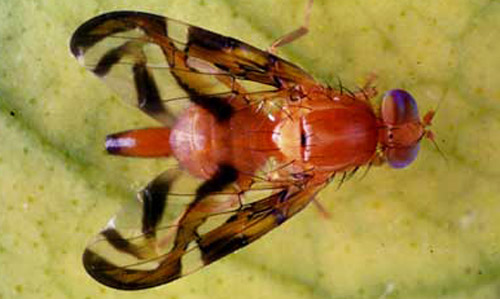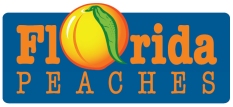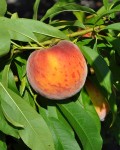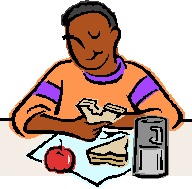I love this time of year, as hectic as it is. For most people in south central/central Florida – things are winding down, while in north central Florida, we are in the midst of harvesting.
Most people this year had a great season, with great fruit quality and flavor. However, we did have a wet spring (20 inches from January 1 – May 20th) in Citra and north central Florida, while in other years we get less than 10 inches in that same time span. Cloudy and wet weather affects a number of plant processes such as:
- Carbohydrate fixation and accumulation – aka making sugar in enough quantities to have good brix content in the fruit. I also saw overripe fruit because growers were waiting for the fruit size to get bigger, but because perhaps of the cloudy/rainy spring, cell division (stage 1) of fruit development wasn’t as good as it has been in years past. It didn’t help the fruit quality in the store – and this was the result:
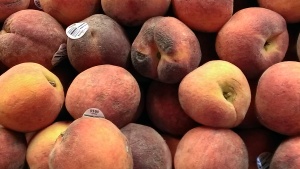
- Wet feet – in orchards that have poor drainage, you can have problems with leaf drop and/or fruit drop due to damage in the root systems due to suffocation of the roots (anoxia).
- Increased disease pressure – We also saw a bit of anthracnose ripe rot and botyrosphaeria rot in the fruit after the rains and some of the warm weather we had in the late part of April/early part of May. It’s important that if we do have successive rain events that you apply fungicides and rotate the chemistries to avoid resistance. Common fungicides like Abound and Topsin-M are great, but are categorized as medium or high risks for resistance and should be used sparingly or in a diverse rotation of chemicals.
Fungicide management is easy to do – but if you don’t know what a FRAC code is (and no – Battlestar Galactica fans, I’m not swearing…) here is a website that will take you to the codes for each chemical. http://www.frac.info/publication/anhang/2014%20FRAC%20Code%20List.pdf. You’ll notice that this chart does not have the company (trade) names of the chemicals so you will have to READ the LABEL to find out what chemical your fungicide contains – and the FRAC code should be listed there as well.
Hints for Next Season
At our winter field day this year in Fort Pierce (typically held the 2nd week of December) we will be talking about thinning. There was a lot of small fruit put into local supermarkets, and much of this can be alleviated especially in UFSun with more aggressive thinning. Instead of 6″ between each fruit as is suggested with other Florida peach varieties, UFSun should be thinned to 9-12″ between each piece of fruit. In addition, anything that can be done to encourage leaf area expansion will be key to getting good fruit size and flavor development.
The use of hydrogen cyanamide is looking promising for peach growers that are down south especially as it appears to help with leaf emergence – an important stage of growth to help fruit develop its maximum potential for fruit size and good flavors. However, we need more research on timing, and I have some key growers set up around the state this year to look at a couple of different timings and see what the impact is on leaf growth and fruit size/harvest date. If we can get more uniform leaf emergence and bloom, then we should be able to narrow our harvest window and minimize the number of pickings necessary to harvest the entire crop. More research to come in 2014-2015!
As always, if you have any questions – please call or email me!
Mercy
